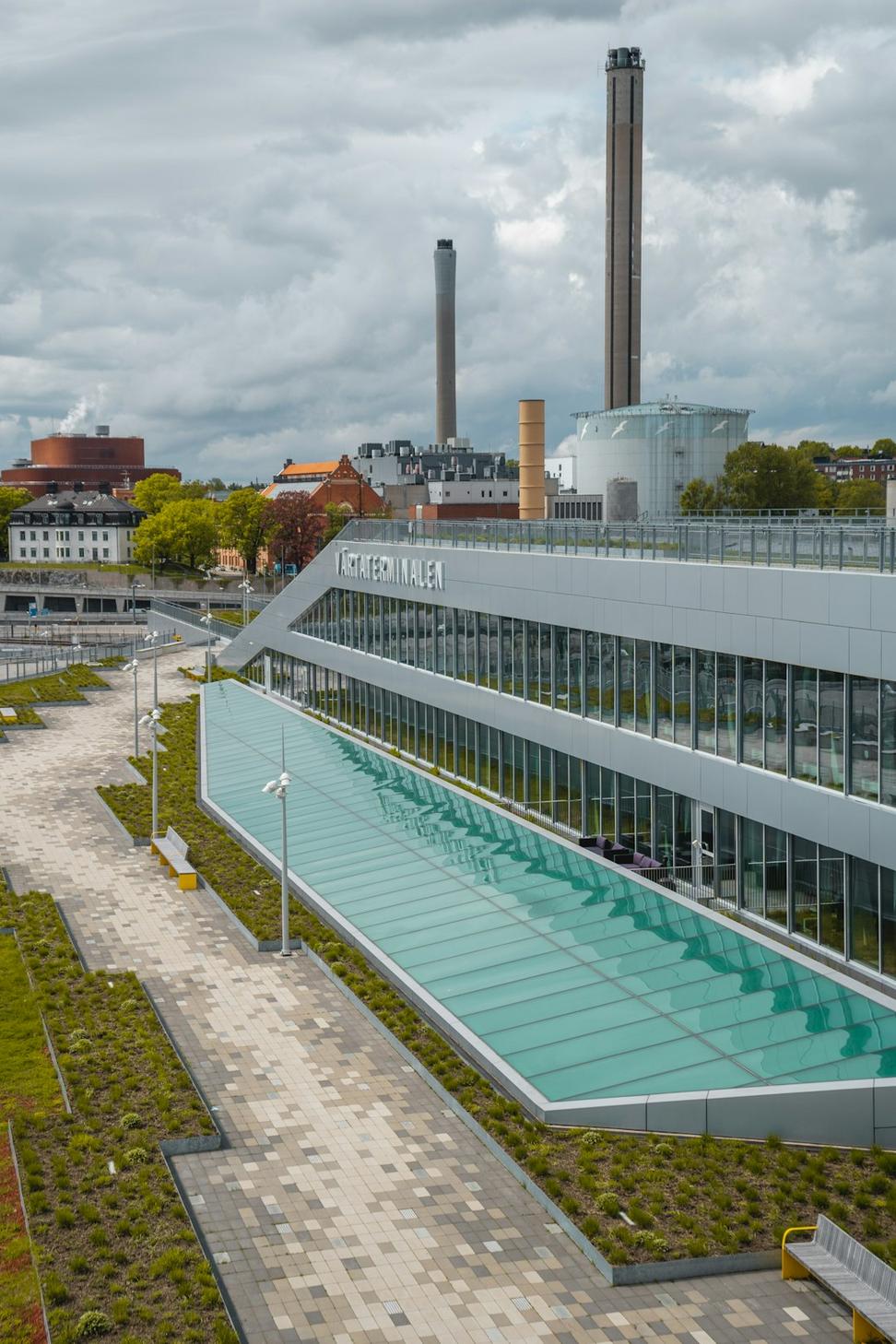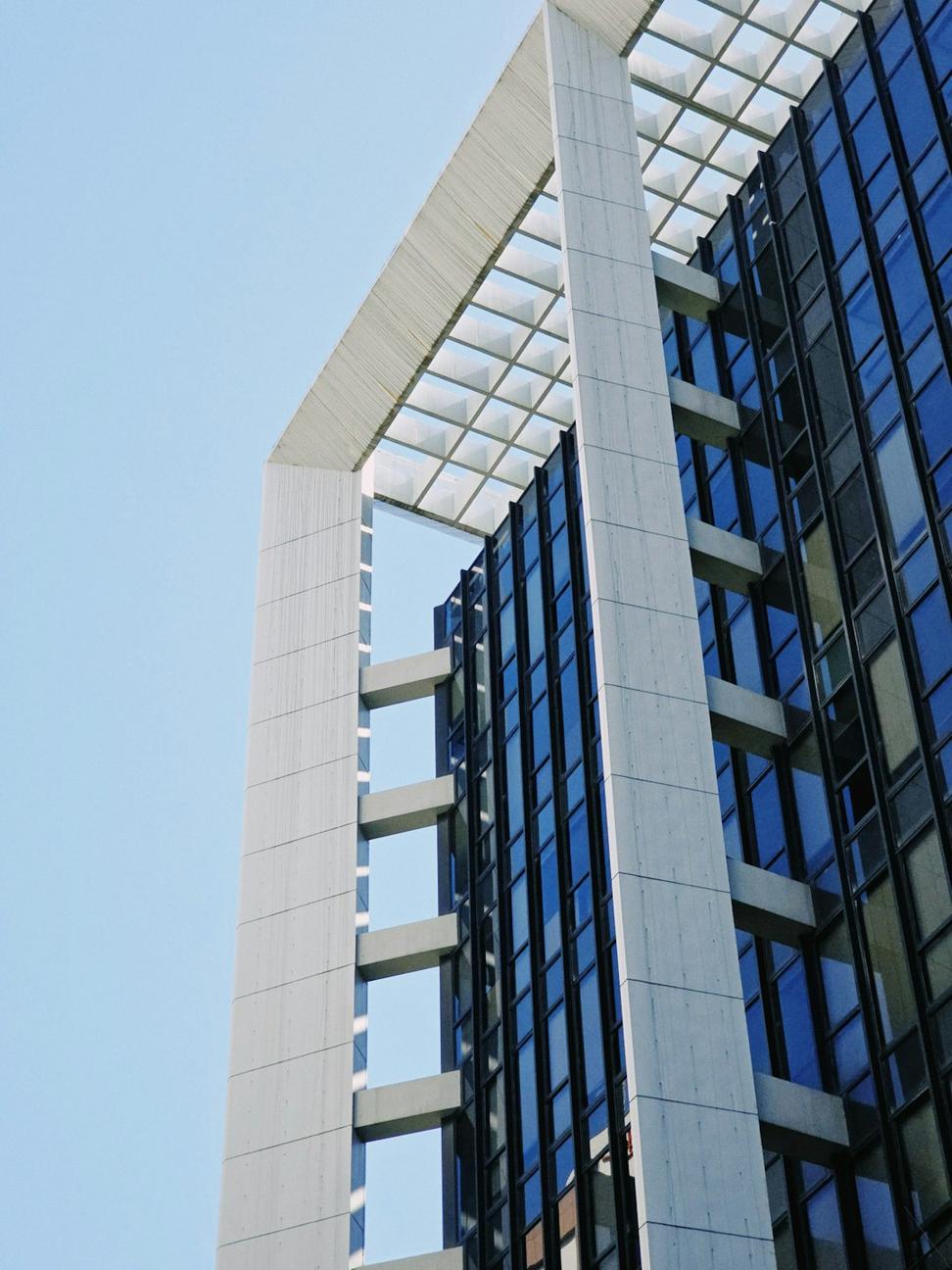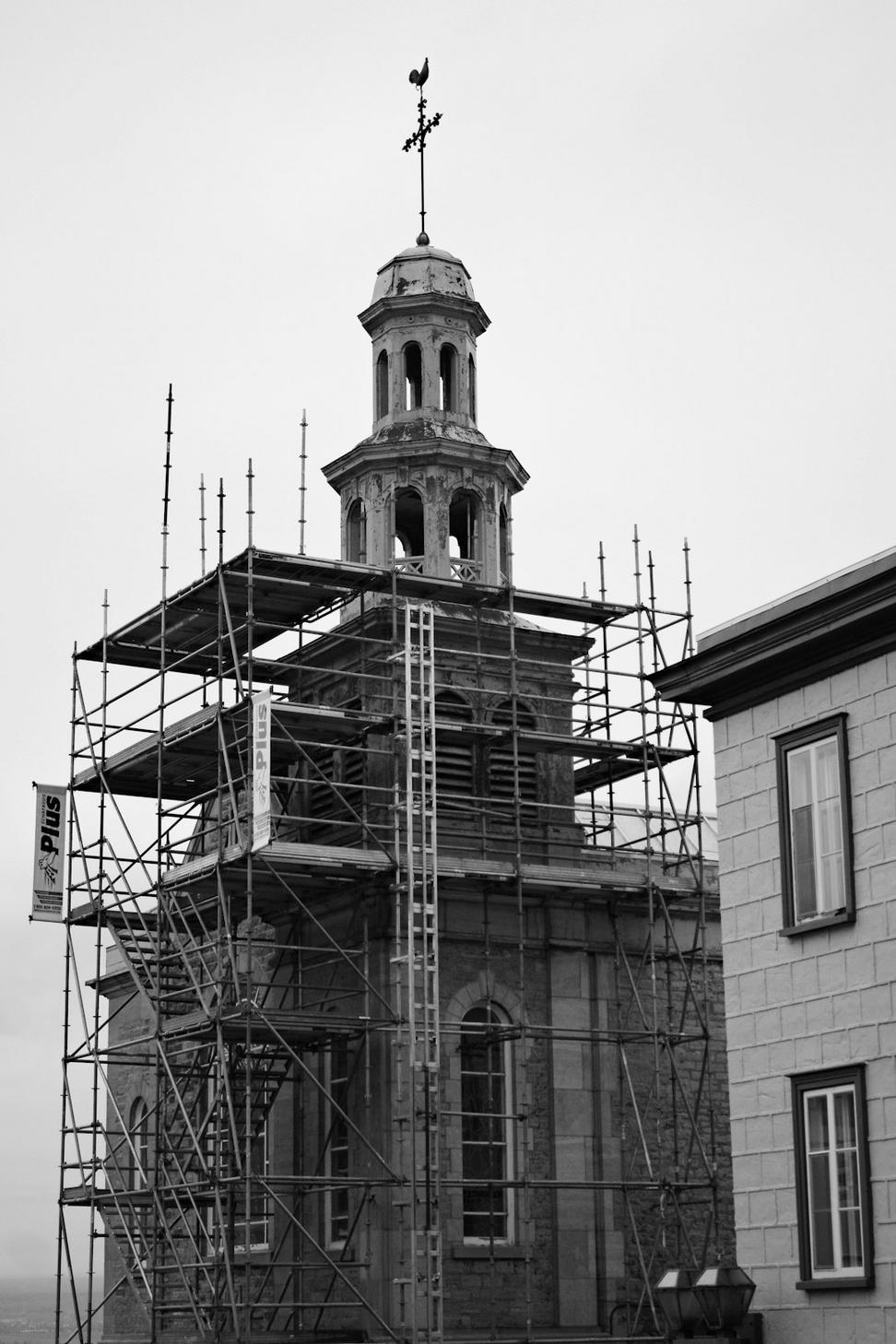
Our Philosophy (Without the Fluff)
Been in this business long enough to see "green" become a marketing gimmick. That's not us. When we say sustainable, we mean buildings that actually perform – lower energy bills, healthier spaces, materials that don't poison the air.
Industrial architecture gets a bad rap for being resource-heavy. And yeah, it can be. But we've spent years figuring out how to design spaces that work hard without working against the environment. Steel, concrete, glass – they're not the enemy when you know what you're doing.
Every project starts with the same question: how do we make this better for everyone involved? The client, the community, and yeah, the planet too.

